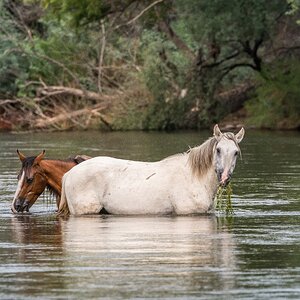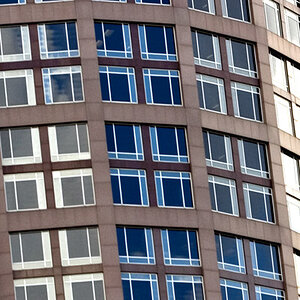jemmy
TPF Noob!
sorry guys. another question..... So ive taken pics in RAW and converted using my canon zoombrowser software, bumping ex. compensation by 0.3+ to 1.0+ and bumped sharpness to mid-high.... i have been leaving white balance on auto, colour saturation @ standard, colour tone @ 0, and colour space @ sRGB..... my pictures are pretty much all portraits... is there better conversions that i should be doing?? Now also after this zoombrowser the images are converted to Exif-TIFF(8bit/ch)... but in the drop-down there is TIFF (16bit/ch)...sorry to sware! ... so which tiff-***** should i be using? Also resolution is @ 180 pix/inch.... is this right or do i need to change it??? Sorry for all the questions, part of which i know is similar to my last RAW question, but i really respect your skills and knowledge in the digital photography world:heart: thanks xx
... so which tiff-***** should i be using? Also resolution is @ 180 pix/inch.... is this right or do i need to change it??? Sorry for all the questions, part of which i know is similar to my last RAW question, but i really respect your skills and knowledge in the digital photography world:heart: thanks xx
One last thing - after the image is converted to Tiff, and i work on it in PS, then save as, then re-open and save-as etc... am i not losing ANY information at all? then if for some reason i need to convert the TIFF to JPEG at the very end of photoshopping, have i still not lost information?? Sorry again, still a tad confused and wanting to learn x thanks in advance xx
and wanting to learn x thanks in advance xx
 ... so which tiff-***** should i be using? Also resolution is @ 180 pix/inch.... is this right or do i need to change it??? Sorry for all the questions, part of which i know is similar to my last RAW question, but i really respect your skills and knowledge in the digital photography world:heart: thanks xx
... so which tiff-***** should i be using? Also resolution is @ 180 pix/inch.... is this right or do i need to change it??? Sorry for all the questions, part of which i know is similar to my last RAW question, but i really respect your skills and knowledge in the digital photography world:heart: thanks xxOne last thing - after the image is converted to Tiff, and i work on it in PS, then save as, then re-open and save-as etc... am i not losing ANY information at all? then if for some reason i need to convert the TIFF to JPEG at the very end of photoshopping, have i still not lost information?? Sorry again, still a tad confused


![[No title]](/data/xfmg/thumbnail/30/30861-fee88082ba36d0c3b443492fe3f3f1cd.jpg?1619734481)
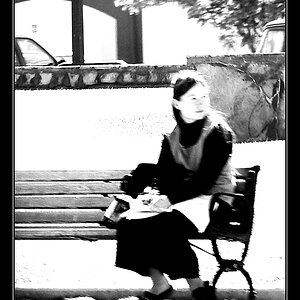

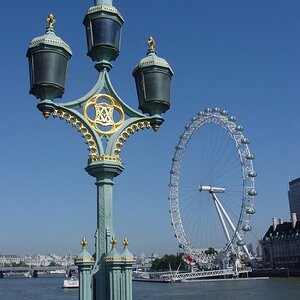
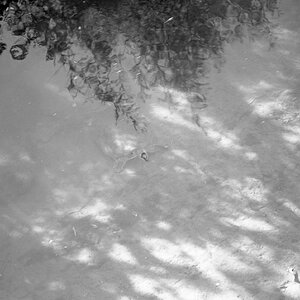
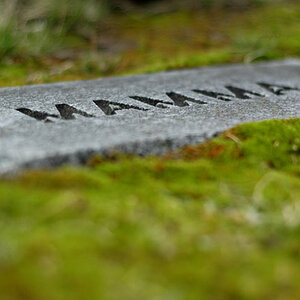
![[No title]](/data/xfmg/thumbnail/30/30859-ec099dbef074432d32832fceb25cf539.jpg?1619734479)
